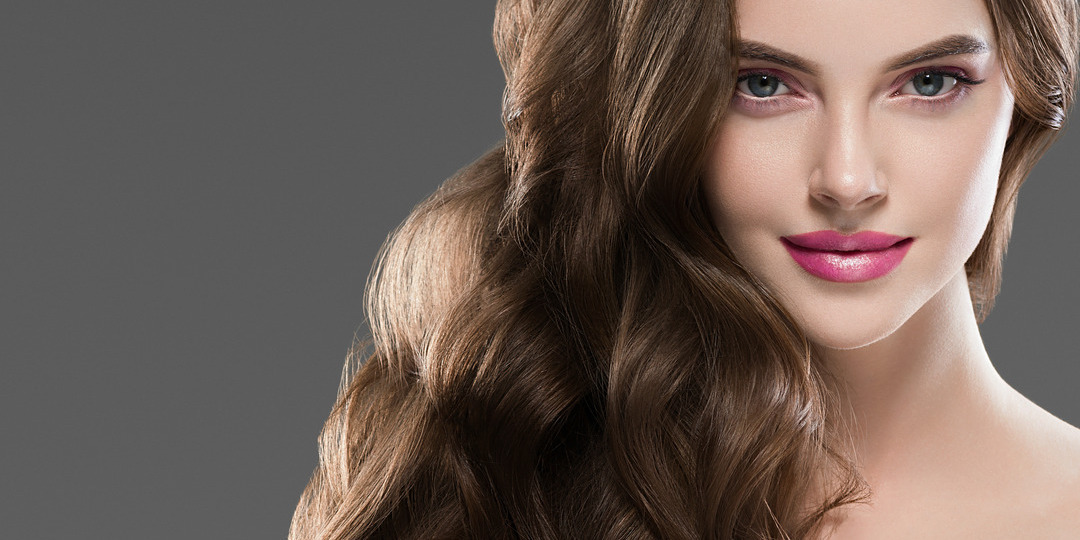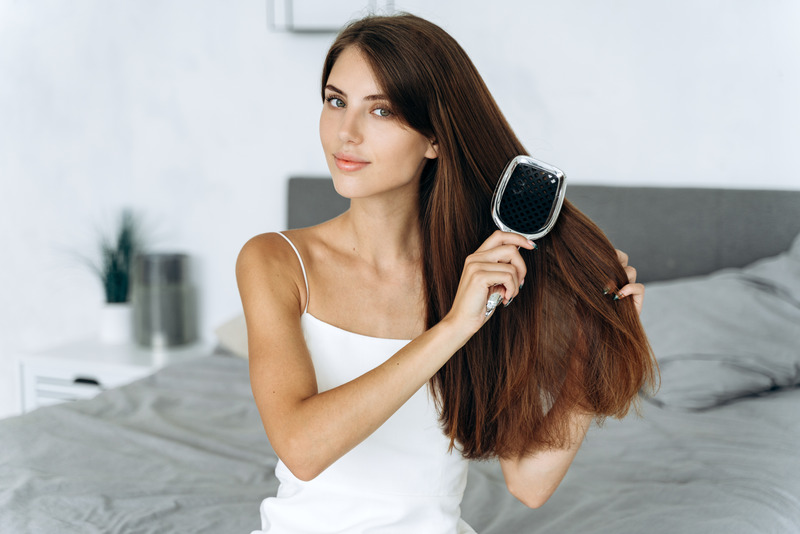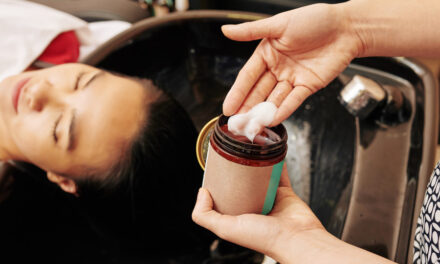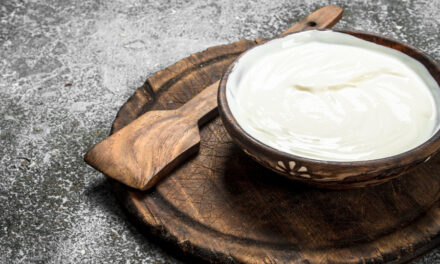
Every strand of hair tells a story. From the curly locks that bounce with every step to the straight tresses that shimmer under the sun, hair plays a pivotal role in expressing our identity and confidence.
A good hair day can uplift our spirits, while a bad one can dampen our mood, emphasizing the importance of a consistent and effective hair care routine. Dive into our guide on the ideal 10-step daily hair care routine, tailored to ensure that every day is a fabulous hair day.
The Importance of Hair Care
Hair care isn’t just about looking good; it also reflects our overall health and well-being. Our hair comprises proteins, primarily keratin, requiring adequate nutrition and care to stay strong and vibrant. Furthermore:
-
Scalp Health: Just as plants need healthy soil to grow, hair needs a healthy scalp. Proper care ensures that the scalp is free from dandruff and other issues.
-
Natural Oils: The hair’s natural oils are its primary defense against damage and dryness. Proper hair care helps in maintaining and spreading these oils.
-
Prevents Damage: Hair can quickly become damaged from various sources like pollution, heat styling, and chemical treatments. A good routine can help counteract these effects.
-
Enhances Texture and Shine: Who doesn’t want shiny hair? You can enhance your hair texture and achieve that shiny hair look with the proper care.
-
Promotes Growth: Proper hair care, including scalp massages and natural oils, can promote healthy hair growth.
10-Step Daily Hair Care Routine

Hair, often seen as a reflection of our personal style and health, deserves a structured regimen to retain its vitality and shine. Embracing a systematic routine can make all the difference in appearance and strength.
Now, let’s delve into the 10-Step Daily Hair Care Routine to guide you on this journey.
1. Gentle Cleansing
Every strand of our hair is like a sponge, absorbing dirt, sweat, and environmental pollutants. This build-up can weigh down the hair, making it lackluster and unhealthy.
While washing our hair helps cleanse these impurities, over-washing, particularly for those with dry hair, can strip the hair of its essential natural oils. Thus, striking the right balance is imperative, ensuring the hair remains clean without compromising its natural vitality.
Instructions:
-
Choose a sulfate-free shampoo suitable for your specific hair type.
-
If you have dry hair, it’s advisable to wash it every other day or less frequently to preserve its natural oils.
2. Deep Conditioning
Our hair shaft—the visible part of our hair—endures a lot, from harsh environmental factors to styling treatments. These factors can result in damaged hair, causing it to lose its shine and strength.
A deep conditioner or a hair mask provides the necessary nutrients and moisture, rejuvenating the hair shaft and restoring its health and sheen.
Instructions:
-
After shampooing, put a generous amount of deep conditioner or hair mask, concentrating on the mid-lengths and ends.
-
Allow it to work its magic for about 5-10 minutes before washing thoroughly with cool water.
3. Protecting Wet Hair
Hair is at its most fragile state when it’s wet. Damp hair is more elastic and, therefore, more prone to breakage and damage than when dry.
Handling wet or damp hair with extra care is essential to maintain healthy and prevent unnecessary breakages.
Instructions:
-
Gently pat your hair with a soft towel to remove excess water post-wash.
-
Detangle using a wide-tooth comb, starting at the ends and gradually working your way up.
4. Limit Heat Styling
Heat styling tools, while effective for achieving desired styles, expose hair to extreme temperatures. This can weaken the hair’s protein structure, leading to potential damage and dryness.
To ensure the hair remains protected, using a heat protectant and minimizing the use of these tools is vital.
Instructions:
-
Always apply a heat protectant spray or serum before using any heat-styling tools.
-
Opt for natural drying methods whenever possible and limit the use of high-temperature settings on your styling tools.
5. Natural Oils and Hair Masks
Natural oils, like coconut or jojoba, are incredibly nourishing for the hair. They seal in moisture, combat dryness, and promote a healthy shine. In addition, regular use of hair masks can further boost the hair’s health, strengthening and nourishing it from within.
Instructions:
-
Once or twice a week, massage a chosen natural oil into your scalp and hair, allowing it to soak for a few hours or overnight.
-
Additionally, incorporate a nutrient-rich hair mask into your routine every two weeks for an added layer of nourishment and protection.
6. Regular Trimming
Over time, hair ends can become split or frayed due to wear and tear. This damage can travel up the hair shaft, leading to further breakage and unhealthy hair.
Regular trims remove these split ends and maintain the hair’s overall health and appearance.
Instructions:
-
Schedule a trim every 6-8 weeks at a trusted hair salon.
-
For those growing out their hair, even a minimal trimming can prevent split ends from worsening.
7. Dry Shampoo for In-Between Washes
Not everyone is required to wash their hair daily, especially if you have dry or colored hair. Overwashing can strip the hair’s natural oils.
Dry shampoo is a great alternative to keep hair looking fresh between regular washes.
Instructions:
-
Apply dry shampoo to the roots on non-wash days to absorb excess oil.
-
Brush your hair to distribute the product and remove any residue.
8. Protection from Environmental Factors
Like our skin, our hair is affected by environmental factors like sun, wind, and pollution. These factors can dry out the hair, make it brittle, or fade its color.
Instructions:
-
Wear a hat or scarf when out in harsh sun or windy conditions.
-
Consider using hair products with UV protection if you spend a lot of time outdoors.
9. Avoid Tight Hairstyles
Constantly pulling hair back tightly, such as in a ponytail or bun, can lead to hair breakage and stress on the scalp. Over time, this can even lead to hair loss in certain areas.
Instructions:
-
Opt for loose hairstyles that don’t tug or pull on the hair.
-
Use soft hair ties that don’t grip the hair too tightly.
10. Healthy Diet for Healthy Hair
Like the rest of our body, our hair benefits from a balanced diet. Vitamins and minerals are crucial in maintaining hair health and promoting hair growth.
Instructions:
-
Incorporate foods rich in Omega-3 fatty acids, iron, biotin, and protein in your diet.
-
Drink plenty of water to keep your hair and scalp hydrated from the inside out.
4 Hair Types Consideration

Every individual has a unique hair type, and understanding this is pivotal in providing the best care for it. Achieving hair healthy standards requires knowledge of these hair classifications, as each type has its distinct characteristics and needs.
Delving deeper into the 4 Hair type considerations can help one tailor their hair care routine more effectively.
1. Fine Hair Consideration
Fine hair is characterized by its thin hair shaft, often making it appear flat and lacking volume. While it can be silky and shiny, it gets oily faster than other hair types.
Due to its delicate nature, it’s more prone to breakage, especially when exposed to harsh treatments. Ensuring its health requires specialized care that doesn’t weigh it down.
Tips for Fine Hair:
-
Use lightweight, volumizing hair products.
-
Avoid heavy conditioners that can make hair look limp.
-
Consider using dry shampoo between washes to combat oiliness.
-
Be gentle when brushing to avoid breakage.
2. Straight Hair Consideration
Straight hair, recognized by its smooth texture and sleek appearance, has a natural shine because oil from the scalp can quickly travel down the hair shaft. While it’s less prone to frizz, it can sometimes look oily, and product build-up can be a concern.
The straight structure also means it might lack volume at the roots.
Tips for Straight Hair:
-
Wash your hair regularly to stop it from looking oily.
-
Use a lightweight conditioner focusing on the ends.
-
To add volume, consider root-lifting products.
-
Allow your hair to air dry occasionally to prevent damage from heat styling.
3. Curly Hair Consideration
Curly hair is known for its distinctive loops and curls but is also prone to dryness. The natural oils from the scalp find it harder to travel down the curly hair shaft, making it more susceptible to frizz and breakage.
Curly hair comes in various patterns, from loose waves to tight coils, and each requires a slightly different care approach.
Tips for Curly Hair:
-
Use moisturizing shampoos and conditioners to combat dryness.
-
Consider deep conditioning treatments regularly.
-
Avoid brushing curly hair when dry; detangle when wet with a wide-tooth comb.
-
Let your hair air dry to define its natural curl pattern.
4. Coarse or Thick Hair Consideration
Coarse hair has a broader diameter for each strand, often feeling textured or rough. While it’s robust and not easily prone to damage, it can be challenging to manage due to its volume.
It can also become dry, leading to frizz and lack of shine. Like curly hair, it benefits from moisture-rich products.
Tips for Coarse Hair:
-
Use oil-based serums to smooth and add shine.
-
Deep condition regularly to maintain hair health.
-
Avoid heat styling daily; instead, let it air dry when possible.
-
Consider layered haircuts to manage and shape their volume.
Bottom Line
Hair care is not merely a daily activity but a reflection of our commitment to our overall well-being and self-esteem. A comprehensive approach, like the 10-Step Daily Hair Care Routine, becomes indispensable.
Daily maintenance ensures immediate health and appearance, while periodic treatments fortify its long-term vitality. As we integrate these steps into our daily and weekly rituals, we step closer to achieving that lustrous, healthy mane we all desire.
Incorporating the right nutrients into our hair care regime can bolster the effectiveness of our weekly hair care routine. At Vitamins Revive, we offer a curated selection of vitamins and supplements tailored for hair health.
Whether you’re dealing with specific hair concerns or aiming for overall improvement, Vitamins Revive is your one-stop shop for that extra boost.
FAQ’s
What should be the daily hair care routine?
A daily hair care routine includes gentle cleansing, moisturizing, avoiding breakage, and protecting from external damage.
How do you take care of natural hair daily?
For natural hair, moisturizing is crucial. Use natural oils, avoid tight styles, and always detangle with a wide-tooth comb.
Should I take care of my hair every day?
Yes, daily care, like protecting from damage and keeping it detangled, is essential. However, washing and deep treatments can be spaced out.
Can I wash my hair every day?
It depends on your hair type. Oily hair might require frequent washing, but daily washing can generally strip natural oils.
Should I oil my hair every day?
Not necessarily. Over-oiling can weigh hair down. Depending on your hair type and needs, 2-3 times a week can suffice.











